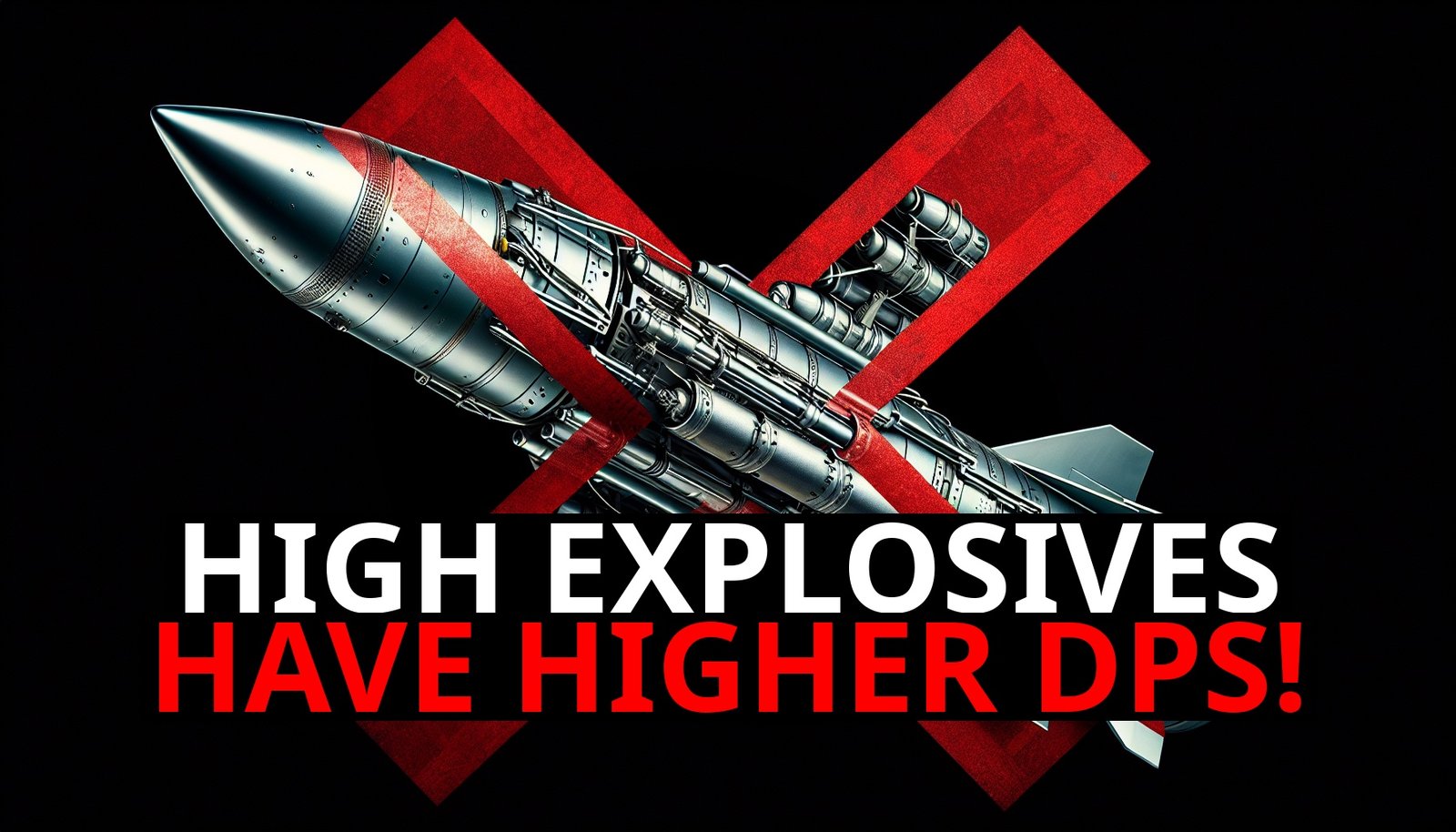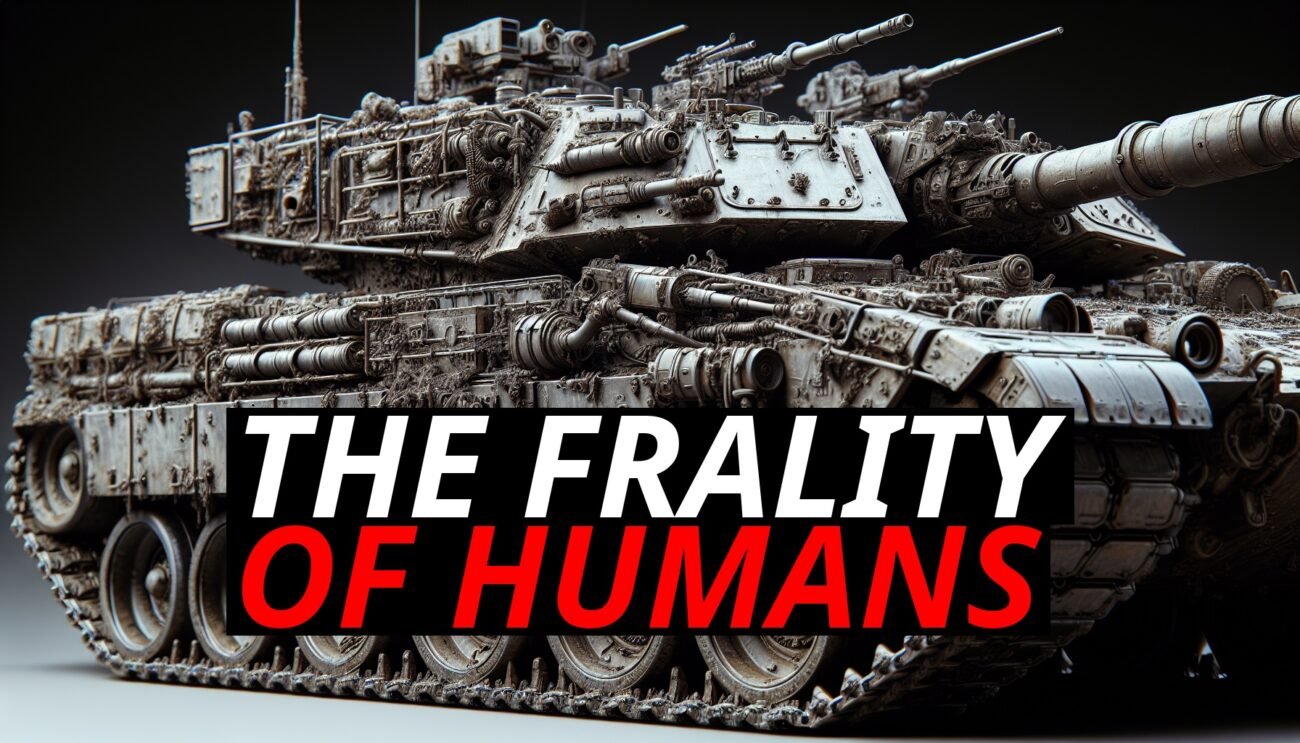In modern warfare, the focus on developing and deploying anti-tank weapons is often seen as essential due to the formidable presence of tanks on the battlefield. However, when examined from a strategic, economic, and logistical perspective, anti-tank weapons can be fundamentally inefficient. This article explores the various reasons why anti-tank weapons fall short in terms of cost-effectiveness and overall damage infliction compared to other types of ordnance.
The Cost Of Anti-Tank Weapons Vs. Human Assets
- Production Costs:
– Anti-Tank Weapons: Anti-tank guided missiles (ATGMs) and other specialized ordnance are expensive to produce. The advanced technology required for guidance systems, armor penetration, and delivery platforms makes these weapons costly.
– High-Explosive Ordnance: In contrast, high-explosive bombs and artillery shells can be mass-produced on assembly lines at a fraction of the cost. Their simpler design and production processes make them far more economical.
- Human Assets:
– Value of Soldiers: Human soldiers are the most valuable assets in any military. It takes approximately 18 years to mature and train a soldier, along with the continuous investment in their training, equipment, and welfare. Losing trained personnel represents a significant loss both economically and strategically.
– Damage Inflicted: High-explosive ordnance can inflict massive human casualties, thereby severely impacting the enemy’s combat effectiveness. The loss of soldiers, particularly experienced ones, is far more damaging than the loss of material assets like tanks.
Inefficiency In Damage Infliction
- Limited Damage of Anti-Tank Weapons:
– Probability of Success: Suppose an ATGM has a 50% chance of disabling a tank and, if successful, inflicts one casualty. The tank itself has a 70% chance of being repaired and returned to service. This means the overall damage inflicted by the ATGM is relatively low, considering the high cost of the missile.
– Repairability: Tanks and other armored vehicles are often repairable, which means the long-term impact of disabling a tank is less significant. The enemy can quickly restore their armored capabilities with minimal resource expenditure.
- High-Explosive Ordnance Efficiency:
– Wide Area Impact: High-explosive bombs and artillery shells can devastate large areas, killing dozens of infantry and destroying light vehicles and infrastructure in a single strike. The impact of these weapons is immediate and irreparable, leading to significant strategic advantages.
– Cost-Effectiveness: A single high-explosive bomb can inflict 20 to 40 times more damage compared to an anti-tank missile, and at a fraction of the cost. This makes high-explosive ordnance far more efficient in terms of both economic investment and battlefield impact.
Industrial And Strategic Perspectives
- Industrial Production:
– Mass Production: High-explosive ordnance can be produced in vast quantities using existing industrial capabilities. This scalability ensures a continuous supply of effective weapons at lower costs.
– Specialized Production: Anti-tank weapons require specialized production facilities and materials, limiting their scalability and increasing their overall cost.
- Strategic Utilization:
– Resource Allocation: Allocating resources to produce and deploy high-explosive ordnance maximizes overall firepower and damage potential. In contrast, the high cost and limited impact of anti-tank weapons represent a less efficient use of resources.
– Operational Flexibility: High-explosive weapons offer greater tactical flexibility, allowing forces to adapt to various battlefield scenarios. Anti-tank weapons, being specialized, are limited in their application and effectiveness.
The Strategic Advantage Of Tanks
This analysis also underscores why tanks are such valuable assets on the battlefield:
- Forcing Enemy Adaptation: The presence of tanks compels the enemy to invest in anti-tank weapons and tactics. This adaptation requires significant resources, diverting them from other types of ordnance.
- Reducing Enemy High-Explosive Firepower: Every anti-tank weapon the enemy deploys is one fewer high-explosive weapon they can carry. This reduction in high-explosive ordnance means that your units are exposed to less overall firepower, decreasing the potential for widespread damage and casualties.
- Industrial and Organizational Impact: Tanks force the enemy to respond not only on the battlefield but also at an industrial and organizational level. The need to produce, deploy, and support anti-tank weapons complicates their logistics and reduces their overall efficiency.
Conclusion: The Strategic Inefficiency Of Anti-Tank Weapons
Anti-tank weapons, while necessary for countering armored threats, are fundamentally inefficient when considering their high cost, limited damage potential, and the significant repairability of tanks. High-explosive ordnance, on the other hand, offers a more cost-effective and devastating alternative. Tanks, by their very presence, force the enemy to divert resources to counter them, thereby reducing the enemy’s high-explosive firepower and overall battlefield effectiveness. Maintaining a balanced approach that includes both types of weapons is essential, but the emphasis should be on those that provide the greatest return on investment in terms of overall damage and strategic impact.













